The Orlando Commercial Real Estate Market

June 3, 2025
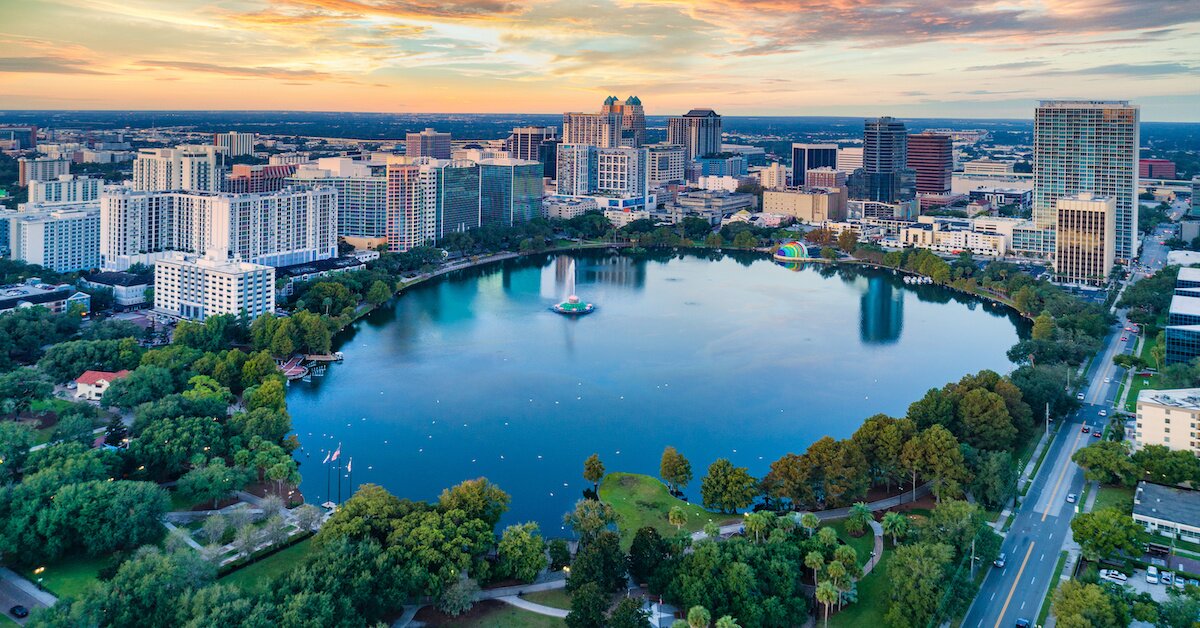
Orlando isn’t just a vacation destination - it’s one of the Southeast’s most dynamic and fast-evolving commercial real estate markets. Known for its explosive population growth, business-friendly climate, and rising status as a tech and innovation hub, Orlando offers a compelling mix of opportunity and livability.
From major development projects to infill redevelopments, the region continues to attract investors, tenants, and developers looking to plant long-term roots. CRE professionals in Central Florida benefit from strong economic tailwinds and a diverse property mix, including retail, multifamily, industrial, and office space. Whether you're tracking market shifts or closing your next deal, Crexi provides the tools to move at the speed of Orlando’s growth.
Orlando, Florida, draws tenants and principals alike to one of the nation’s hottest commercial real estate markets.
At the time of this writing, Crexi has facilitated over $1 trillion in transactions, 8.6 billion square feet leased, and supports a growing community of more than 2 million monthly active users.
Crexi proudly serves Orlando, Lake Buena Vista, Kissimmee, Winter Garden, Winter Park, Altamonte Springs, and Orange County as the region's fastest-growing online CRE platform.
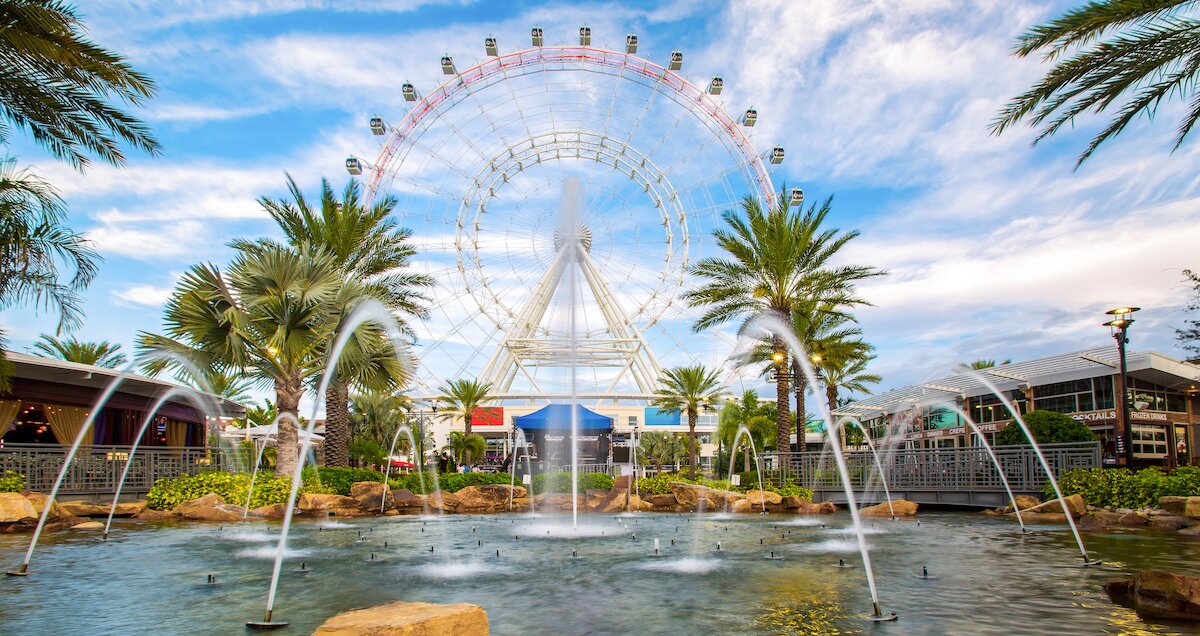
The State of Commercial Real Estate in Orlando
Orlando has long been known for its world-class attractions, but its commercial real estate story is equally exciting. Behind the scenes of the tourism buzz is a city with serious economic horsepower, fueled by innovation, population growth, and steady job creation.
From aerospace and healthcare to advanced manufacturing and digital media, Orlando’s industry mix continues to expand and diversify. Its young, educated workforce - anchored by institutions like the University of Central Florida - keeps talent pipelines strong and fresh ideas flowing. Developers and investors are taking notice, with mixed-use projects, life sciences campuses, and logistics hubs reshaping the region’s commercial footprint.
Add in a strategic central location, pro-growth infrastructure, and relatively affordable cost of living, and it’s easy to see why so many companies and CRE professionals are staking a claim here.
Orlando Regional Breakdown
Orlando’s metro area is growing, but it’s also evolving - and trends are pointing in a positive direction for the future of the city. With a younger-than-average population and an influx of high-earning households, the region continues to attract newcomers drawn by its career opportunities, lifestyle perks, and year-round sunshine.
Growth stretches well beyond the city limits, with nearby hubs like Kissimmee, Sanford, and Daytona Beach helping shape a metro that’s as economically diverse as it is demographically dynamic. The result? A region with staying power, momentum, and plenty of room to build whatever comes next.
- The Orlando-Kissimmee-Sanford metro area is home to over 2.8 million people, with nearly 335,000 residents within city limits.
- Orlando’s population has increased by nearly 9% since 2020, according to data on Census.gov.
- Principal cities include Orlando, Kissimmee, Sanford, and Daytona Beach.
- The median age is 35.3, which is slightly younger than the overall Florida figure.
- Per capita income is $43,218, and median household income is $69,414.
- About 32% of households in the metro area earn over $100,000 per year.
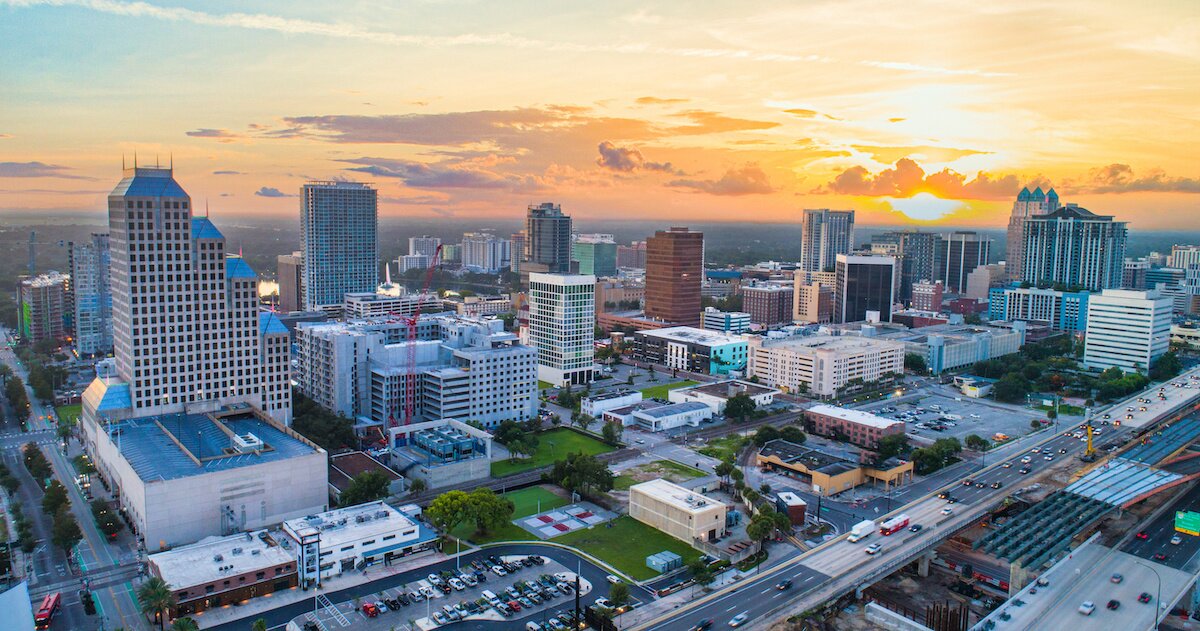
Orlando Job Market
Orlando’s job market is on a serious upswing - diverse, dynamic, and outperforming most major metros. With its fast-growing economy and a talent pipeline fueled by top-tier institutions like UCF, the region is attracting both innovative startups and Fortune 500 powerhouses. Sectors from aerospace to entertainment tech are expanding, and the momentum shows no signs of slowing. Backed by strong infrastructure and future-focused planning, Orlando continues to raise the bar for what a thriving job market can look like.
- Total GDP for Orlando-Kissimmee-Sanford MSA is over $217 billion, soaring by more than 45% since 2020.
- Orlando's unemployment rate is 3.4% as of March 2025, with total nonfarm employment growing by 2% over the past 12 months.
- WalletHub ranks Orlando as one of the top ten best cities for jobs in 2025.
- Orlando has been ranked as Florida’s fastest-growing economy, with sectors such as professional and business services, leisure and hospitality, and finance significantly contributing to its GDP growth.
- Major employers in the Orlando MSA include Walt Disney World Resort, Florida Hospital (Adventist Health System), Publix, Universal Orlando, and Orlando Health.
- Orlando is the top U.S. city for job growth among the largest regions, ranked by the U.S. Bureau of Labor Statistics.
- Key employment sectors include semiconductors, headquarters and regional offices, optics and photonics, advanced manufacturing, aerospace and defense, and entertainment technology.
- The Central Florida Research Park (CFRP) is situated next to the University of Central Florida in the East Orlando Submarket and is recognized as one of the top 10 research parks globally.
- The City of Orlando’s Growth Management Plan projects that by 2050, office space will grow by 29%, retail space by 15%, industrial space by 39%, and hotel rooms by 32%.
- About 41% of residents hold a bachelor’s degree or an advanced degree, which is a rate about 20% higher than the Florida overall figure.
- The Orlando metro area is home to the University of Central Florida (UCF), one of the largest universities in the nation by enrollment, Valencia College, and the private Rollins College.
- The transportation infrastructure in the Orlando metro area is extensive, featuring major highways such as I-4 and the 408, the SunRail commuter rail system, the LYNX bus service, the free LYMMO bus rapid transit circulator in downtown, and the Orlando International Airport (MCO).
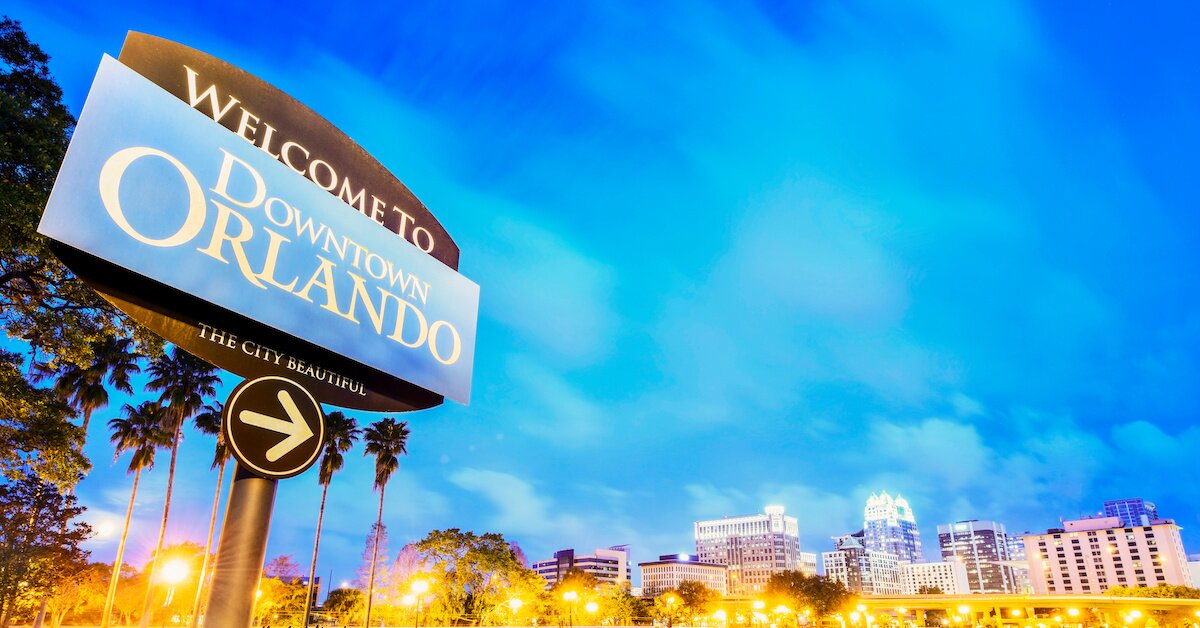
Orlando Industrial Market
Orlando’s industrial market is regaining its stride after a surge of new supply briefly outpaced demand. Leasing activity has roared back to life, with big-box users and logistics players stepping in to absorb space across key submarkets. While vacancy rates remain elevated, a slowdown in speculative development is giving the market a chance to catch its breath. As newer facilities find tenants and absorption holds steady, Orlando’s industrial sector looks primed for a more balanced stretch ahead.
Market overview (Cushman & Wakefield Q1 2025)
- Inventory: 126,225,833 SF
- Vacancy rate: 8.5%
- Absorption: 587,339 SF (YTD)
- Leasing activity: 2,099,811 SF (YTD)
- Key leases by tenant: Legendary Holdings LLC (283,170 SF), E-Recycling Solutions (216,478 SF), Advent Health (165,880 SF)
- Under construction: 1,823,750 SF
- Largest submarkets: Airport/Lake Nona, Orlando Central Park/South Park, Silver Star/Apopka
Crexi Insights
These are the most recent industrial lease and sales trends from Crexi Insights (as of May 2025):
For Lease (active)
- Asking rate/SqFt (median): $20 per year
- Median SqFt/listing: 3,340
- Days on market: 74
- Total listings on Crexi: 327 spaces
For Sale (active)
- Median asking price: $3.8 million
- Price/SqFt: $271
- Asking cap rate: 6%
- Days on market: 102
- Total listings on Crexi: 48
Sales Comps (past 12 months)
- Median sold price: $1.8 million
- Sold price/SqFt: $159
- Total sales volume: $372.1 million
- Sold cap rate: 7%
- Median SqFt sold/transaction: 9,206
- Total SqFt sold: 2.5 million
- Days on market (median): 147
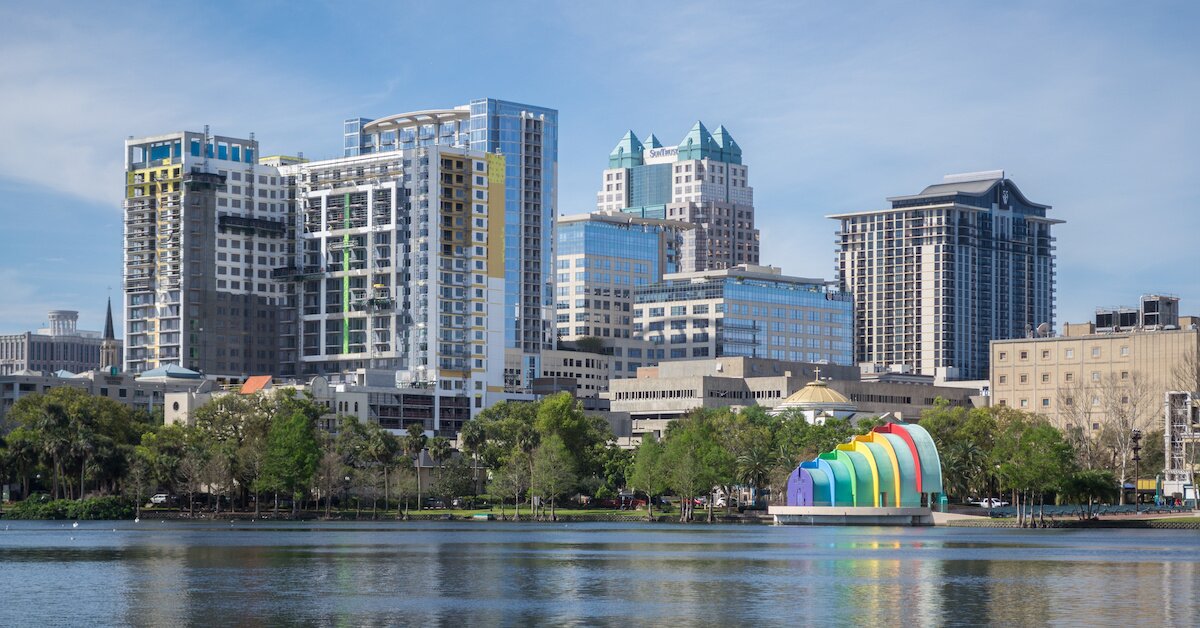
Orlando Office Market
Orlando’s office market is adjusting as demand shifts toward more flexible, suburban workspaces. While overall leasing activity is holding steady, absorption remains in the red, and downtown continues to face headwinds. Tenants are prioritizing efficiency, location, and amenities, driving renewed interest in submarkets like Maitland and Lake Mary. Though development has paused for now, selective leasing and steady rent trends suggest a path toward gradual stabilization.
Market overview (Cushman & Wakefield Q1 2025)
- Inventory: 36,738,045 SF
- Vacancy rate: 17%
- Net absorption: -62,090 SF (YTD)
- Key leases by tenant: Mitsubishi Power Americas (109,600 SF), Visit Orlando (26,918 SF)
- Under construction: 0 SF
- Largest submarkets: Tourist Corridor, Maitland, Lake Mary/Heathrow
Crexi Insights
For the most recent insights into the office market in Orlando, look no further than Crexi Insights. It offers the latest information on commercial real estate in the city, including current leasing trends, property listings, and comparable sales data.
Here is the detailed market data as of May 2025.
For Lease (active)
- Asking rate/SqFt (median): $26 per year
- Median SqFt/listing: 1,500 SF
- Days on market: 96
- Total listings on Crexi: 599 spaces
For Sale (active)
- Median asking price: $1.5 million
- Price/SqFt: $251
- Asking cap rate: 6.2%
- Days on market: 137
- Total listings on Crexi: 62
Sales Comps (past 12 months)
- Median sold price: $1.2 million
- Sold price/SqFt: $267
- Total sales volume: $68.3 million
- Median SqFt sold/transaction: 4,720SF
- Days on market (median): 194
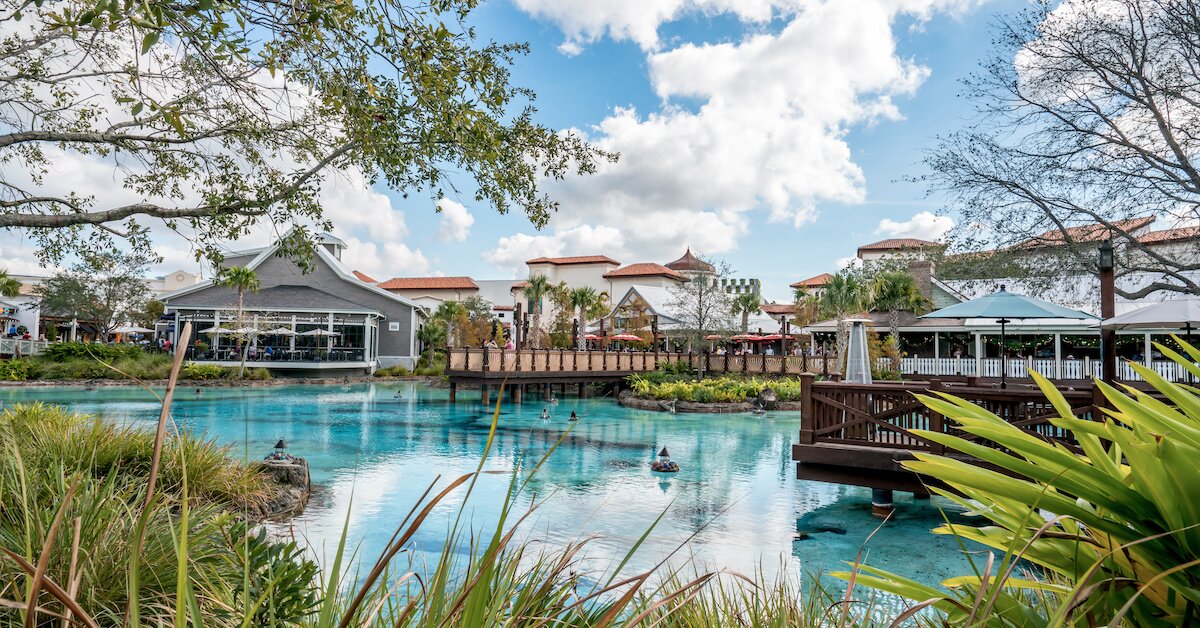
Orlando Retail Market
Orlando’s retail market is in a transitional moment - still tight, but showing signs of reshuffling. Demand remains strong in high-traffic corridors, though limited availability and rising costs are making new development a more cautious game. Larger vacancies in aging malls are offset by active leasing in strip centers and tourist-heavy zones, where fitness, grocery, and auto tenants continue to expand. As national brands adapt and local concepts step in, Orlando’s retail landscape is adapting to meet the city’s rapidly changing consumer habits.
Market overview (Cushman & Wakefield Q1 2025)
- Inventory: 159,863, 295 SF
- Vacancy rate: 3.7%
- Net absorption: -718,666 SF (YTD)
- YoY rent growth: 2.3%
- Key leases by tenant: Crunch Fitness (37,080 SF), AutoZone (28,446 SF), Ocalas Supermarket (22,369 SF)
- Under construction: 1,310,085 SF
- Largest submarkets: Lake County, Tourist Corridor, West Colonial
Crexi Insights
Retail lease and sales trends from Crexi Insights (as of May 2025):
For Lease (active)
- Asking rate/SqFt (median): $27 per year
- Median SqFt/listing: 2,785 SF
- Days on market: 215
- Total listings on Crexi: 303 spaces
For Sale (active)
- Median asking price: $1.7 million
- Price/SqFt: $437
- Asking cap rate: 5.8%
- Days on market: 138
- Total listings on Crexi: 83
Sales Comps (past 12 months)
- Median sold price: $1.8 million
- Sold price/SqFt: $399
- Total sales volume: $74.5 million
- Sold cap rate: 6.4%
- Median SqFt sold/transaction: 3,799 SF
- Days on market (median): 228
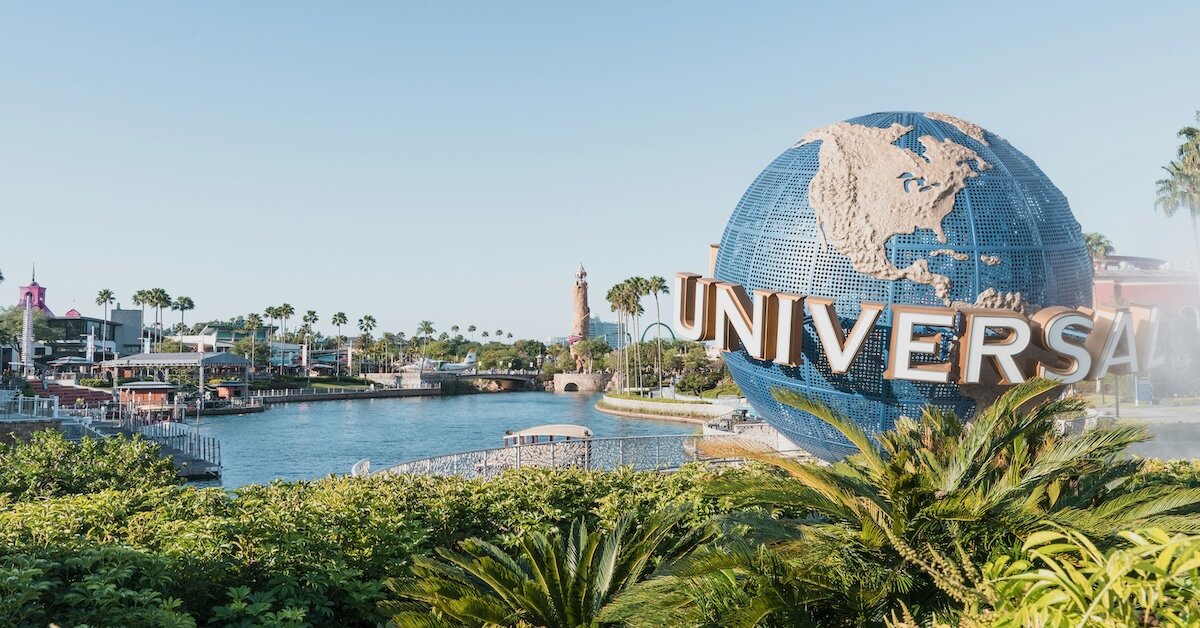
Orlando Multifamily Market
Orlando’s multifamily market is staying resilient in the face of record-setting deliveries and evolving renter expectations. Absorption has kept pace with new supply, driven by steady population growth and the region’s strong employment base. While rent growth has momentarily cooled, particularly in lease-up communities, demand remains healthy, especially in high-amenity submarkets like I-Drive and Southwest Orlando. As developers adjust to a tighter lending environment, the market appears to be heading toward a more sustainable balance between supply and demand.
Market overview (Cushman & Wakefield Q4 2024)
- Multi-unit inventory: 216,188 units
- Vacancy rate: 7.3%
- Average rent per unit: $1,765
- YoY rent growth: -0.9%
- Units under construction: 15,526
- Units delivered: 12,570 (YTD Q4 2024)
- Recent transactions: The Retreat at Windermere (332 units), The Ivy Residences at Health Village (248 units), Perla Gem Lake (247 units)
Crexi Insights
Here are the most recent multifamily Insights from Crexi (as of May 2025):
For Sale (active)
- Median asking price: $762,500
- Price/SqFt: $266
- Price/Unit: $162,500
- Asking cap rate: 6.8%
- Days on market: 153
- Total listings on Crexi: 23
Sales Comps (past 12 months)
- Median sold price: $244,200
- Sold price/SqFt: $204
- Sold price/unit: $183,800
- Total sales volume: $340.5 million
- Sold cap rate: 5.8%
- Total SqFt sold: 2 million
- Days on market (median): 124
Get more in-depth Orlando market data with Crexi Intelligence.









